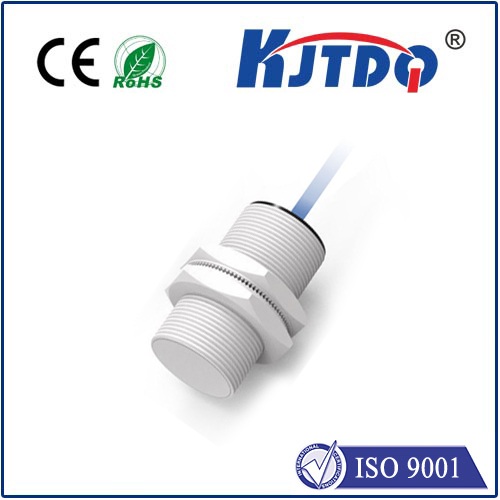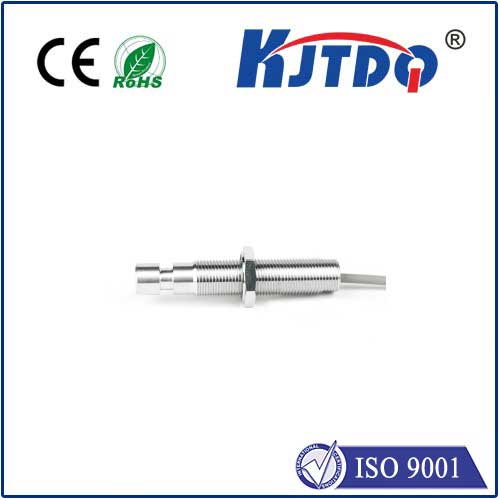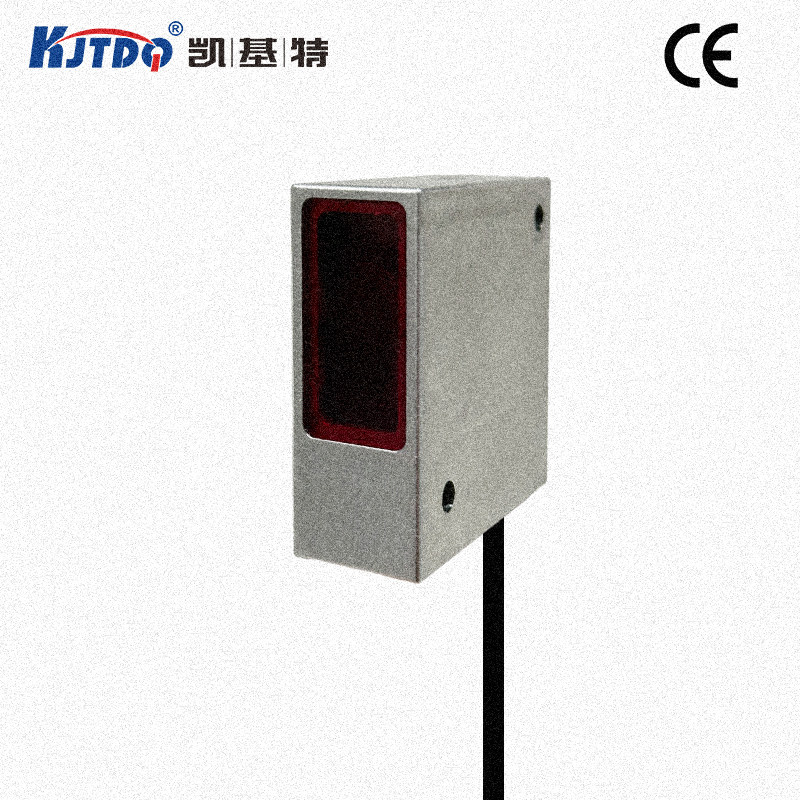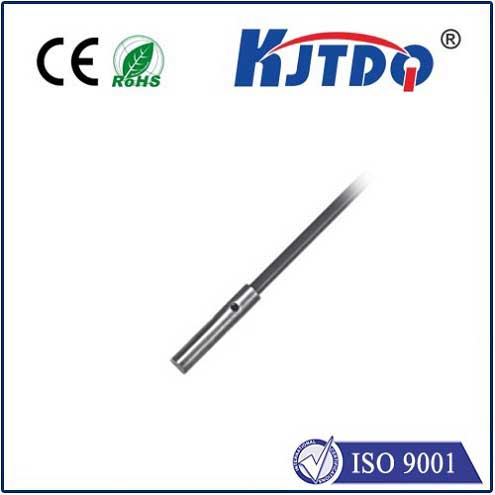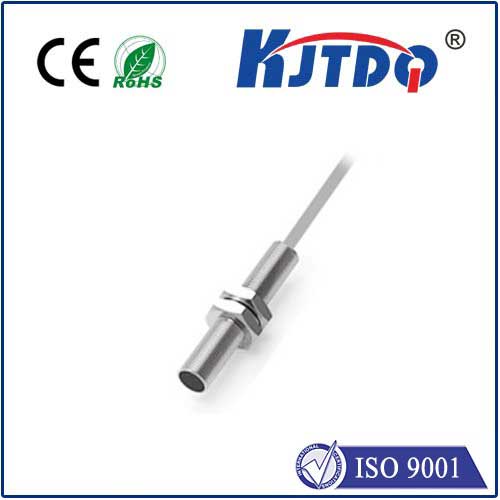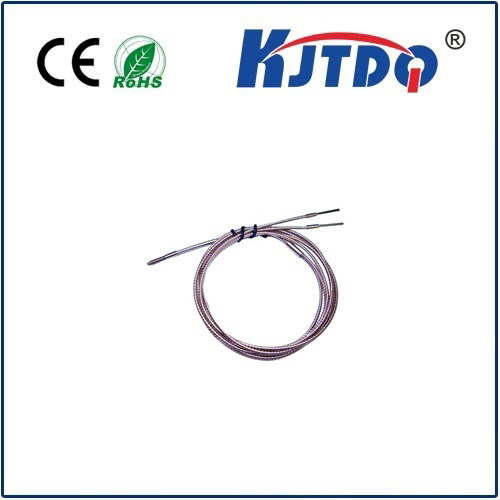radar proximity sensor
- time:2025-09-06 03:13:54
- Click:0
Radar Proximity Sensors: The Invisible Sentinels Safeguarding Our World
Imagine maneuvering a massive piece of construction equipment, parking a sleek electric vehicle in a tight urban spot, or ensuring delicate automated machinery operates safely amidst complex movements. In these scenarios and countless others, an unseen guardian works tirelessly: the radar proximity sensor. Far more sophisticated than simple bumpers or basic motion detectors, these devices utilize the power of radio waves to provide precise, reliable distance and presence detection, functioning as the critical “sixth sense” in modern automation and safety systems. Their ability to operate flawlessly in challenging conditions makes them indispensable across a vast array of industries.
Understanding the Radar Principle: Beyond Simple Echoes
At its core, a radar proximity sensor operates on the same fundamental principle as large-scale radar systems but miniaturized for close-range detection. It emits directed radio frequency (RF) waves – typically in the microwave or millimeter-wave bands like 24 GHz or 77-81 GHz – towards a target area. When these waves encounter an object, a portion of the energy reflects back towards the sensor. Sophisticated onboard electronics meticulously measure the characteristics of this returning signal, primarily the time-of-flight (the time taken for the signal to travel to the target and back) and often the Doppler shift (a frequency change indicating relative motion).
- Time-of-Flight (ToF): This is the cornerstone for measuring distance. Since radio waves travel at the constant speed of light, the time delay between transmission and reception directly translates into the distance to the target. Short delays mean nearby objects; longer delays indicate objects farther away.
- Doppler Effect: For sensors detecting movement, the Doppler shift provides crucial velocity information. If the object is moving towards the sensor, the reflected wave has a higher frequency; if moving away, the frequency is lower. This allows radar proximity sensors not only to know if something is there but also how fast it’s approaching or receding.
Types and Key Components: Tailoring Solutions
While sharing core principles, radar proximity sensors come in variations suited to different needs:

- Doppler Radar: Primarily focused on detecting motion. Ideal for security (intruder detection), automatic doors, and traffic monitoring where movement presence is key, but less accurate for static distance measurement. Simple and often cost-effective.
- FMCW (Frequency Modulated Continuous Wave) Radar: This advanced type continuously transmits a signal whose frequency changes linearly over time. By comparing the transmitted frequency to the received (reflected) frequency at any given moment, the sensor can simultaneously calculate exact distance and relative velocity, even for stationary targets. Offers high precision and is dominant in complex applications.
- Pulse Radar: Emits short, powerful bursts of RF energy and measures the echo delay. Historically common, can be susceptible to noise but effective for certain short-range applications.
Regardless of type, key components work in concert:
- RF Transmitter: Generates the outgoing radio wave signal.
- RF Receiver: Captures the faint reflected signals.
- Signal Processor: The “brain” that analyzes the received signal, calculating distance, speed, and presence based on sophisticated algorithms. This is where the core intelligence resides, filtering noise and extracting actionable data.
- Antenna: Efficiently directs the transmitted beam and collects reflections. Design significantly influences range, beam pattern (field of view), and resolution.
- Output Interface: Communicates detection results (e.g., analog voltage proportional to distance, digital switch signal, serial data like CAN/LIN) to the host system.
Where Radar Proximity Sensors Shine: Ubiquitous Applications
The robust capabilities of radar proximity sensors make them the preferred choice in demanding environments:
- Automotive: Crucial for Advanced Driver Assistance Systems (ADAS): Automatic Emergency Braking (AEB), Adaptive Cruise Control (ACC), Blind Spot Detection (BSD), Rear Cross Traffic Alert (RCTA), and parking sensors. Their resilience to weather (rain, fog, snow, dust) and ability to reliably measure distance and velocity at higher speeds outperform ultrasonic sensors.
- Industrial Automation & Robotics: Safeguarding personnel around hazardous machinery (safety light curtains/cascades), collision avoidance for Automated Guided Vehicles (AGVs) and autonomous mobile robots (AMRs), precise object positioning on conveyor belts, and accurate fill-level detection in silos or tanks.
- Smart Infrastructure: Managing vehicle presence at traffic lights, detecting free parking spaces, monitoring queue lengths at toll booths, and activating automatic doors reliably regardless of lighting conditions.
- Drones & UAVs: Enabling obstacle avoidance during flight and safe landing procedures.
- Security Systems: Perimeter protection, detecting intruders moving near sensitive areas, often complementing cameras.
The Compelling Advantages: Why Choose Radar?
Compared to alternatives like ultrasonic or infrared sensors, radar proximity sensors offer distinct benefits:
- Superior Environmental Robustness: Virtually immune to visual obscurants like smoke, fog, dust, rain, and snow, and unaffected by lighting conditions (total darkness or bright sun). This makes them exceptionally reliable outdoors and in harsh industrial settings. Their reliability when vision fails is paramount.
- Excellent Range & Speed Detection: Capable of detecting objects at longer distances (from centimeters to hundreds of meters, depending on type) and accurately measuring high relative speeds – capabilities essential for automotive ADAS and industrial safety.
- Material Independence: Radar waves penetrate non-metallic materials (like plastic, glass, cardboard) and detect objects regardless of surface color, texture, or material (metal, plastic, liquid, human body), unlike optical sensors. This versatility simplifies application design.
- Long Range Capability: For proximity sensing, FMCW radar offers significantly longer usable range compared to ultrasonic sensors with comparable accuracy.
- Compact Size & Power Efficiency: Modern radar proximity sensors are highly miniaturized thanks to semiconductor technology, enabling integration into tight spaces. Their power consumption is also optimized for mobile and battery-powered applications like drones and AGVs.
Choosing the Right Radar Proximity Sensor: Key Considerations
Selecting the optimal sensor requires careful analysis:
- Required Range: Minimum and maximum detection distance needed. FMCW radar generally offers longer ranges.
- Field of View (Beam Width): A narrow beam offers precise localization, while a wide beam provides broader coverage.
- Measurement Precision: Required accuracy for distance and/or velocity.
- Target Characteristics: Size, material, expected speed of motion.
- Environmental Conditions: Temperature extremes, potential contaminants, and mounting constraints. Radar proximity sensors excel in tough environments, but specifics matter.
- Output Requirements: Analog signal, digital switching, or serial communication protocol (e.g., CAN, RS-485, Ethernet/IP).
- Regulatory Compliance: Ensuring the chosen frequency band (e.g., 24 GHz, 60 GHz, 77-81 GHz) meets local regulations (FCC, CE, etc.).
Implementing Radar Sensors Effectively
Successful integration hinges on:
- Precise Mounting: Ensuring the sensor is correctly aligned and positioned for its intended coverage area.
- Environmental Calibration: Configuring the sensor to handle background reflections specific to its installation site. Modern sensors often have self-calibration routines.
- Robust Signal Processing: Leveraging advanced algorithms to filter noise and provide reliable, actionable data even in complex scenes.
- Understanding Limitations: Recognizing potential challenges like detecting very small objects, interference between multiple radars, or extreme multi-path reflections in highly cluttered environments.
From preventing collisions on the highway to ensuring worker safety on the factory floor and enabling autonomous systems to navigate confidently, radar proximity sensors operate silently and reliably in the background. Their ability to perceive the physical world through radio waves, overcoming visual and environmental challenges, makes them foundational technology driving safety, efficiency, and automation forward across countless domains. As FMCW radar technology becomes more accessible and integrated, the invisible sentinel role of these







